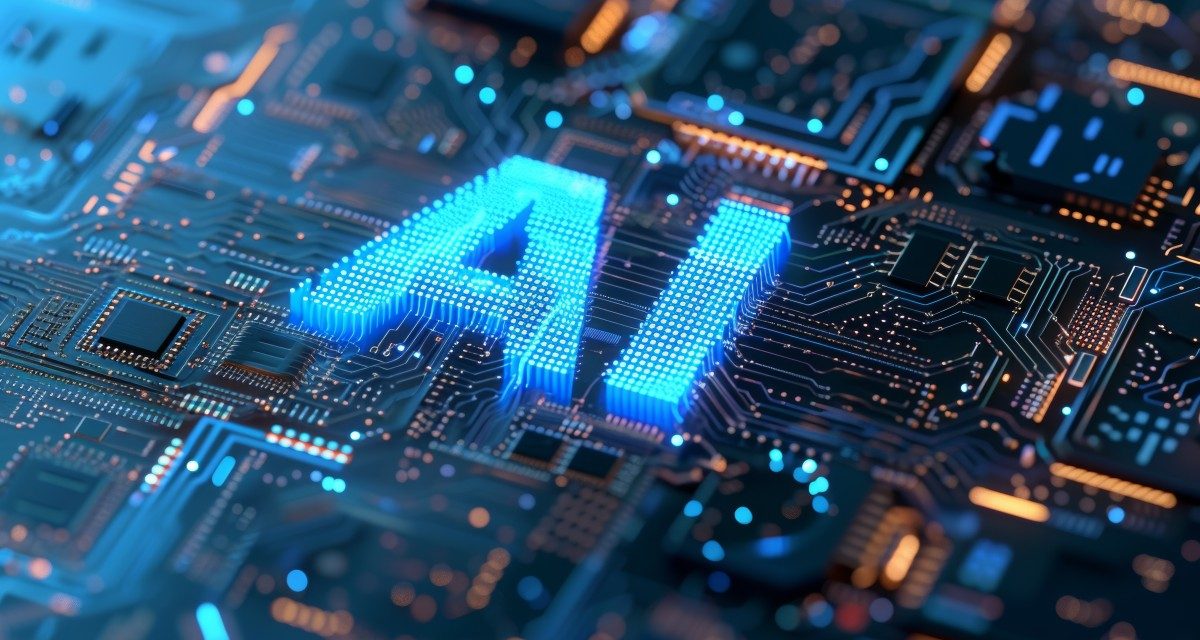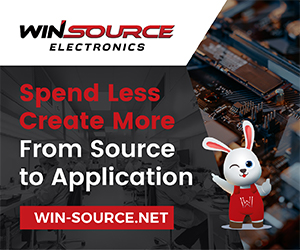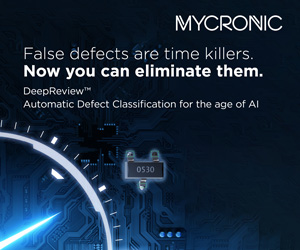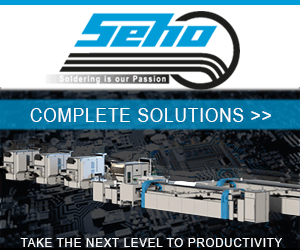How to Build an AIoT System: DIY vs Ready Built Solutions

By Jari Haiston, Technical Marketing, Braemac

Jari Haiston
The fusion of artificial intelligence (AI) and the internet of things (IoT), commonly referred to as AIoT, has unlocked an era of innovation across a diverse range of industries. AIoT systems leverage the power of AI to analyze vast amounts of IoT-generated data, facilitating real-time decision-making, predictive maintenance, and enhanced operational efficiency.
Yet, developers often struggle with the pivotal question of whether to embark on crafting an AIoT system from scratch or to seamlessly integrate a pre-existing solution. to discern whether they should be designing an AIoT system from the ground up or integrating a ready-built system. Ultimately, the decision hinges around use case and application. However, navigating this choice entails careful consideration of various factors.
What is an AIoT System?
An AIoT system is typically comprised of sensors, edge devices, cloud infrastructure, and AI models. Sensors gather data from the physical world, edge devices process and filter this data locally, cloud platforms provide the necessary storage and computing resources, and AI models analyze the data to extract insights and trigger actions. Applications of AIoT span sectors including healthcare, manufacturing, agriculture, transportation, and smart cities.
DIY AIoT Innovations
A do-it-yourself, or DIY, solution involves crafting an AIoT system from the ground up. It encompasses assembling off-the-shelf hardware and software components, developing custom AI models, and integrating them.
This approach offers unparalleled flexibility, customization, and control. Both enthusiasts and professionals can benefit from lower costs and the opportunity to innovate. However, developing a DIY system demands a significant amount of time, effort, and expertise and entails a higher risk of errors.
Solutions and Tools
In terms of hardware options, there are multiple off-the-shelf products from different brands that offer a diverse range of capabilities that cater to different project requirements. Intel’s AI Vision X Toolkit, for example, stands out for its advanced AI capabilities. It’s suitable for projects requiring high-performance edge computing and AI interface.
In addition to hardware, there is a variety of software tools available to designers. OpenCV, a widely used computer vision library, provides a rich set of functions for image processing and manipulation. It’s indispensable for AIoT projects involving visual data analytics. TensorFlow and PyTorch, two of the most popular deep learning frameworks, offer comprehensive support for building and training neural networks, enabling developers to create custom, sophisticated AI models. The Intel Open VINO Toolkit specializes in optimizing and deploying AI models on Intel hardware to ensure maximum performance.
When it comes to sourcing data for AIoT applications, developers have numerous options for solutions. Public datasheets and databases serve as valuable sources of structured data. They can provide insights into various domains such as weather, finance, and demographics. Web scraping techniques can be employed to extract data for analysis and decision-making. Additionally, sensors play a crucial role in collecting real-world data.
Braemac has everything developers need to design their own AIoT systems, from controllers to sensors. The Atom® family from Intel is a cutting-edge processor series that offers unparalleled power, durability, and scalability for AIoT network infrastructure and security, acceleration, and storage appliances. Atom processors ensure that developers find the ideal balance between performance and cost.
Additionally, RZ 32 and 64-bit MPUs from Renesas are now available at Braemac. These comprehensive microprocessors enhance your AIoT systems with high-performance CPU cores, a variety of accelerators, and peripheral functions. Developers can conveniently implement human machine interfaces (HMI), embedded vision, embedded artificial intelligence (e-AI), real-time control, and industrial ethernet connectivity.
To get started with Intel’s Atom family or the RZ 32/64-bit series of MPUs from Renesas, contact Braemac today.
Ready-Built AIoT Innovations
Ready-built AIoT solutions provide pre-built AI models, data processing pipelines, and connectivity solutions for streamlined AIoT application development. They reduce complexity and overall time-to-market, but they offer less flexibility, customization, and control over the final product. These solutions are backed by resources like expert support and maintenance services but may incur high costs.
Solutions and Tools
Major cloud service providers such as Google Cloud IoT, Microsoft Azure, and Amazon Web Services (AWS) offer all-in-one AIoT platforms that encompass a wide selection of services, including data management, analytics, and AI capabilities. These platforms not only provide the infrastructure needed to deploy AIoT solutions but also offer scalable and secure environments for data processing/storage. Moreover, they often integrate seamlessly with other services within a provider’s ecosystem.
Similarly, industry giants like IBM Watson IoT, SAP Leonardo IoT, and Oracle IoT provide robust solutions tailored to meet specific industry needs. Leveraging extensive expertise, these companies offer end-to-end solutions that address the unique challenges in sectors like manufacturing, healthcare, and transportation. Their platforms typically include advanced AI analytics tools, industry-specific AI models, and pre-built integration with enterprise systems.
Additionally, regional cloud providers such as Alibaba Cloud IoT, Baidu IoT, and Tencent IoT have emerged as formidable contenders in the AIoT space. Drawing on their deep understanding of local markets and strong technological capabilities, these companies offer competitive solutions in specific regions. By leveraging their extensive network infrastructure and data processing capabilities, organizations can harness the power of AI and IoT to drive business growth and innovation.
Ready-built solutions are now available and in-stock at Braemac. The DLAp-211-ORIN from ADLink is an Edge AI platform that features deep learning acceleration using NVIDIA® Jetson Orin ™ NX or Orin Nano ™ modules. It’s compact, fanless, and durable for 24/7 operation.



For more information about the DLAp-211-ORIN, AIE-CO21/31 and AIE-CIE-CN31/41, and the EC3500, contact Braemac today.
Selecting a Solution for Your Design
Criteria for comparison include cost, complexity, scalability, security, and performance. DIY solutions excel in flexibility and cost-effectiveness but require substantial expertise. Ready-built solutions offer convenience and reliability but may limit customization and incur higher expenses. The choice depends on project requirements, budget, and technical proficiency.











